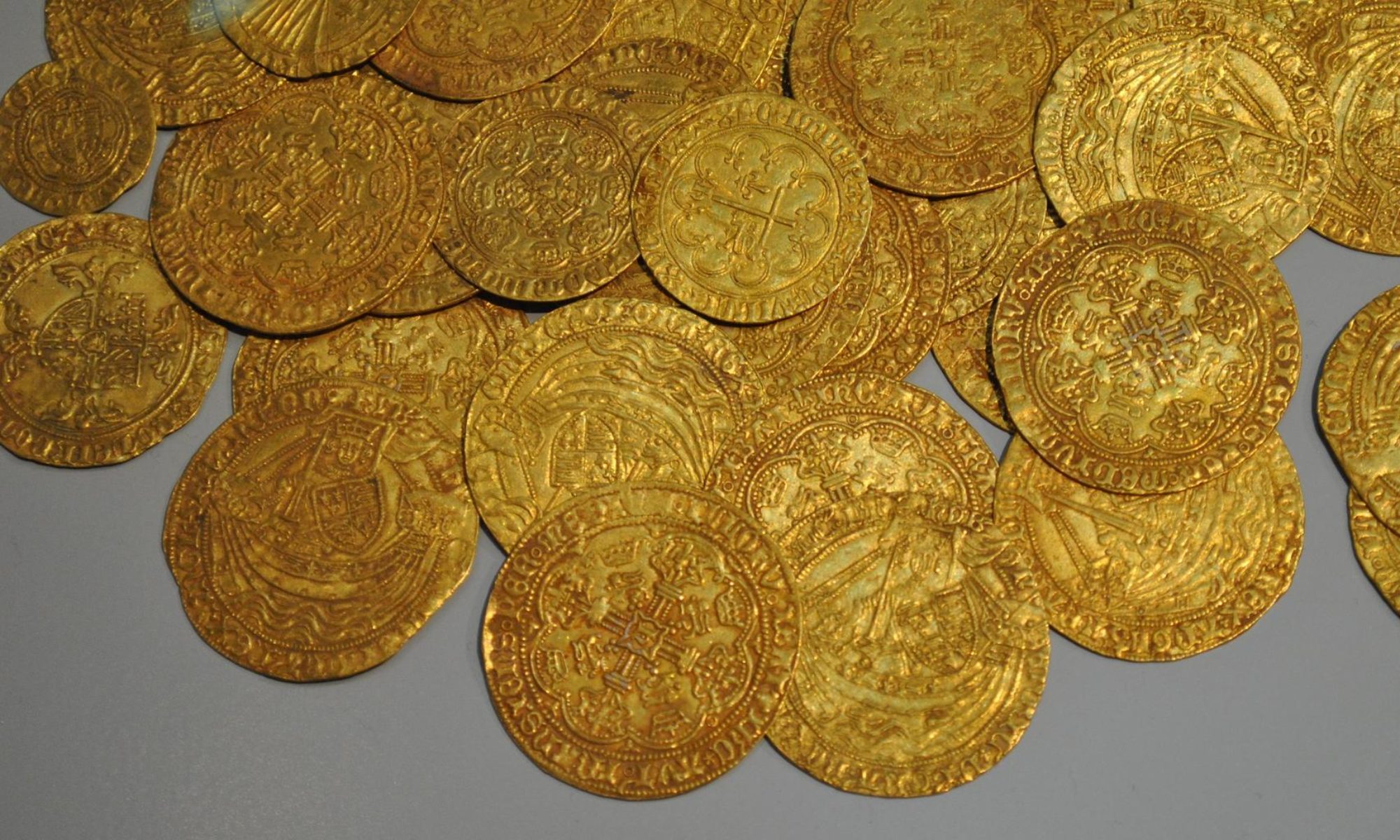The 1970s marked a pivotal decade for gold, characterized by extreme volatility and exceptional gains. This period was defined by a series of economic events that dramatically influenced the global financial landscape. Here, we explore how gold performed during the 1970s and the official explanations for its behavior.
The End of the Bretton Woods System
The decade began with a critical shift in the global financial system: the end of the Bretton Woods Agreement in 1971. Established post-World War II, the Bretton Woods system had fixed exchange rates with the US dollar pegged to gold at $35 per ounce. However, due to mounting inflationary pressures and excessive US dollar printing to fund government spending (notably the Vietnam War), President Richard Nixon announced the suspension of the dollar’s convertibility into gold. This decision effectively ended the Bretton Woods system and led to the free-floating of currency exchange rates. The uncertainty and resultant instability in the forex markets drove investors towards gold as a safe haven asset.
Inflation and Economic Uncertainty
The 1970s were marked by high inflation, triggered by several factors including the oil crises of 1973 and 1979. The OPEC oil embargo led to skyrocketing oil prices and severe inflation across economies, severely eroding the purchasing power of fiat currencies. Gold, traditionally viewed as a hedge against inflation, saw increased demand. As consumer prices rose, so did the allure of gold as a store of value.
Investment Demand
With the collapse of the fixed currency exchange system and rising inflation, investors increasingly turned to gold. The decade also saw the legalization of gold ownership for US citizens in 1974, further boosting demand. Prior to this, gold ownership had been restricted to certificates and limited forms of bullion. The legislative change allowed private ownership of gold bars and coins, increasing the accessibility of gold to the general public and sparking a surge in investment demand.
Global Political Instability
The 1970s were rife with geopolitical tensions and conflicts, including the continuation of the Cold War, the Vietnam War, and various Middle Eastern conflicts following the oil crisis. Such events added to the economic uncertainty and boosted gold’s role as a crisis commodity.
Performance Recap
The cumulative effect of these factors was profound. Gold prices skyrocketed from $35 per ounce at the beginning of the decade to approximately $850 per ounce by January 1980. This represented an extraordinary gain, reflecting gold’s status as a safe haven during times of economic turmoil.
Conclusion
The 1970s established gold as a powerhouse investment, influenced by a complex interplay of economic policies, market dynamics, and geopolitical tensions. The decade not only underscored gold’s crucial role in the financial system as a hedge against inflation and currency devaluation but also marked its resurgence as a key asset in investment portfolios worldwide.
This summary provides a concise overview of the major drivers behind gold’s performance in the 1970s, illustrating how it became a cornerstone asset for investors seeking stability in turbulent times.
